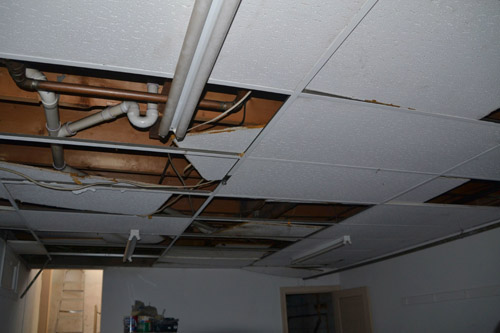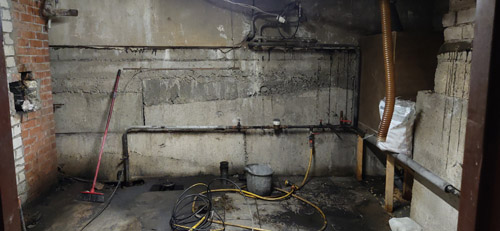

Professional waterproofing services can range widely in terms of fee structure depending on the company and scope of work involved. Be sure to get references from trusted sources and ask questions prior to selecting one.
Taking all these considerations into account, using an appropriate sealant product along with professional installation services may yield long-term benefits by providing better protection against moisture damage over time. Without the right kind of care and attention given during this job, costly repairs might result due to inadequate waterproofing measures being implemented. Therefore, taking proactive steps in this regard could save money while offering peace of mind regarding safety within the home environment.
The importance of proper installation cannot be understated when it comes to basement waterproofing. Poorly installed drainage systems can cause more harm than good by trapping moisture and leading to mold growth or other structural issues over time. An experienced professional with knowledge and experience in this field should always be consulted before beginning any project related to basement waterproofing. With their assistance, homeowners can ensure they are equipped with all the necessary tools for protecting their property against potential water damage threats in the future.
When these steps are completed correctly, it can significantly reduce potential problems related to flooding or leaks into your basement area caused by excessive rainfall or other sources of water infiltration. Transitioning into preparation tips for completing successful waterproofing work is essential prior starting this project on your own home.
Basement waterproofing is a beneficial process for homeowners. Professional basement waterproofing experts ensure that the home's foundation, walls and floors are protected from excess water which can cause structural damage or lead to mold growth. A dry basement also helps protect against health issues caused by dampness in the air.
Basement waterproofing involves creating systems that direct water away from the basement and out of the house entirely. This may include exterior systems like sump pumps, French drains, downspout extensions and more. Additionally, interior barriers such as membranes or coatings on walls and floors can help keep moisture from entering your basement from within. The combination of these two elements makes up a comprehensive system for preventing any kind of water entry into your home's basement area.
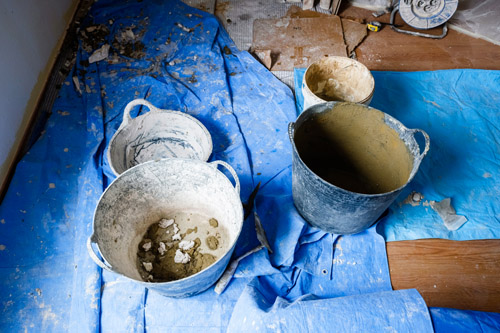
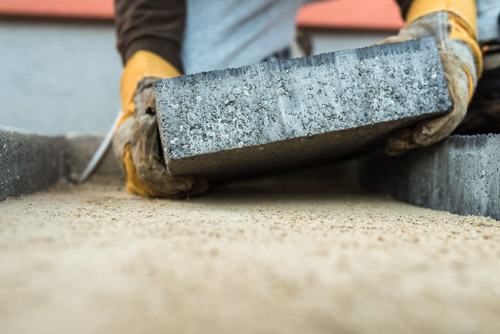
Basement waterproofing is an important step in preventing water seepage and flooding of the lower floors of a building. It requires specialized techniques to ensure that any moisture-related issues are addressed effectively. As part of this process, homeowners may be wondering if there are any DIY approaches they can take to protect their basement walls from water damage.
As the adage goes, a stitch in time saves nine. Basement waterproofing is an essential element of home maintenance and upkeep that should not be overlooked. It helps prevent wet basements or water seepage into homes which can cause damage to the structure as well as its contents.
Exterior basement waterproofing is one such method where the outside of the foundation wall is sealed with an elastomeric membrane or spray-on coating. Once applied, this material forms a barrier between the house and any incoming moisture from rainwater and ground water. This outer layer helps block out dampness while keeping air pockets trapped inside so condensation cannot form within the walls themselves. Additionally, it also serves as insulation against extreme temperatures, preventing heat loss during winter months and helping keep cool air in during summer.
Concrete Lifting
In terms of determining which option works best for you, consider both factors like cost-effectiveness and longevity while making your decision based upon their respective advantages and disadvantages compared side-by-side with one another. Having done so, you should now have a better understanding of how to proceed in waterproofing your basement successfully without compromising quality or performance along the way towards achieving total peace-of-mind for years into the future. With that knowledge at hand, let us turn our attention next toward examining methods for waterproofing basement walls from inside...
What Is Basement Waterproofing?
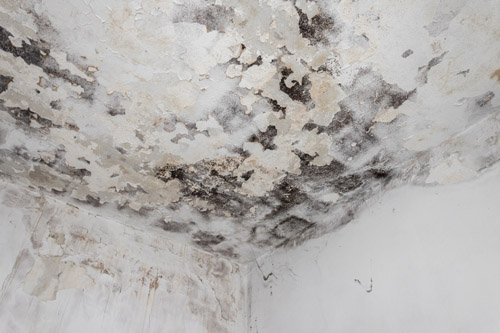
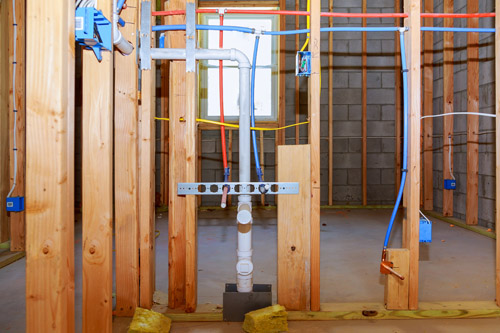
These scenarios require specialized solutions such as caulking, sealing any visible cracks or gaps in your foundation walls and using a sump pump system to remove excess water from your basement area. Taking preventative measures now will save you thousands of dollars down the road - not to mention spare you from experiencing an unimaginable nightmare! Therefore, if you�re looking for peace of mind it may be wise to invest some time researching how best to protect your home against potential threats posed by basement water damage.
Basement waterproofing is like a shield of armor for protecting homes from the threats of water damage. When it comes to basement wall waterproofing, the materials used and the solution employed will determine how long it lasts. Various options are available that can be tailored to each home's unique needs.
No matter what technique is utilized, properly performed concrete lifting can help restore structural integrity which prevents further settling due to hydrostatic pressure buildup caused by groundwater accumulation near foundations walls. It's important to note that this procedure should be done only by experienced professionals who are trained in proper safety protocol and use high quality materials for lasting results.
A wet basement is often a source of frustration and worry for many homeowners. The fear that ground water could seep in through the walls can be daunting, leaving them wondering if their home will ever be dry again. Fortunately, there are DIY methods available to help waterproof basement walls without spending too much money or time on professional services.
Surface and subsurface drainage systems are two important methods used for basement waterproofing. Both of these techniques involve installing a system to divert water away from the foundation walls, but they differ in how this is achieved. This article will discuss the differences between surface and subsurface drainage systems so that you can make an informed decision about which one is right for your needs.
When deciding between surface and subsurface drainage systems, consider: - Cost � both types require an initial installation fee, however, maintenance costs may be higher for subsurface; - Installation requirements � surface drainage requires more labour as additional components have to be installed; - Ease of use � surface drains often need frequent cleaning whereas subsurface drains should remain clean due to their underground nature; - Effectiveness � while both are effective at diverting water, subsurface has been found to provide better long term protection against seepage.
